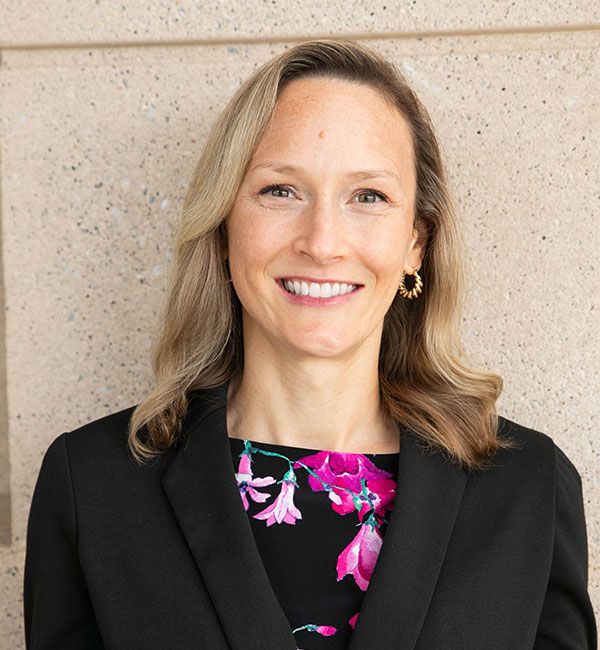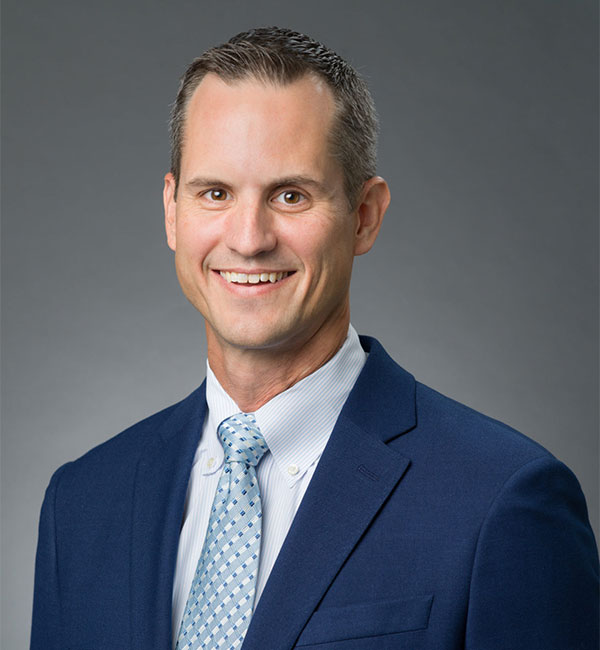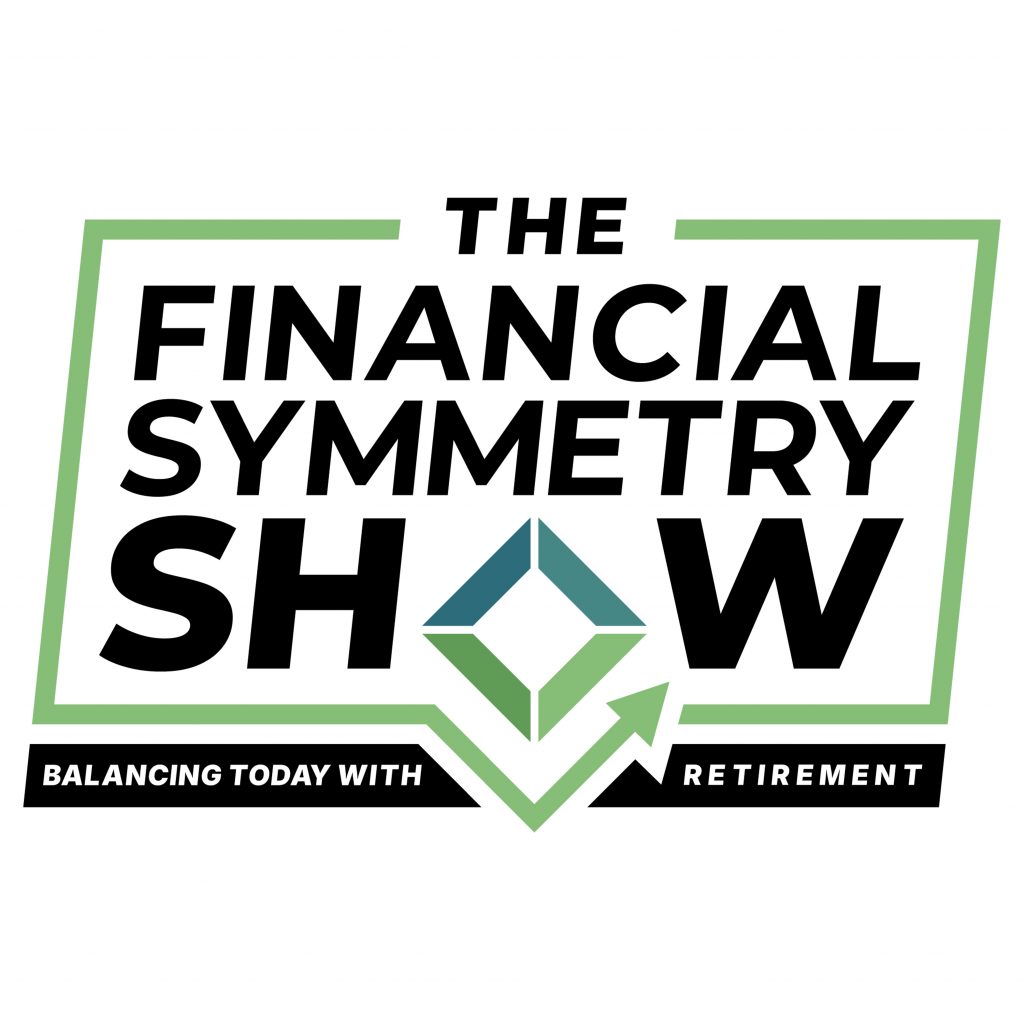Planning for retirement isn’t just about hitting your savings targets and hoping for the best.
It’s about getting creative, asking new questions, and challenging your own assumptions.
In this episode, we follow the retirement planning journey of a fictional couple, Dwight and Angela, who are three to five years from retirement, using the SIFT framework shared by Rohit Bhargava and Ben duPont in their book “Non-Obvious Thinking,” to shed light on hidden financial opportunities.
The Power of Non-Obvious Thinking
We’re all guilty of missing the forest for the trees—especially when it comes to our finances. Work, family, and the endless grind often distract us from minor details that, if noticed, could have major long-term financial impacts. Sometimes, you win by viewing a challenge from a completely different angle. This idea directly parallels financial planning: sometimes, the right move is outside the obvious path.
Non-obvious thinking means questioning what you know, checking your blind spots, and opening yourself up to strategies that others (and sometimes even you) overlook.
Spacing Out: Creating Mental Room for Better Planning
The first step in the SIFT framework—Space—is all about taking a step back. Dwight and Angela should take a literal weekend away from their beet farm, inspired by the idea that physical and mental distance can help clarify long-term goals. For soon-to-be retirees, creating this “oasis” moment is essential.
By slowing down, controlling your breathing, and even reaching outside your normal social circles (the “weak tie” concept), you can identify previously unseen options or priorities. Sometimes, input from acquaintances—not just close friends or colleagues—can offer the fresh perspective needed to break a thinking rut.
Hunting for Insights: Connecting Hidden Financial Dots
Ask deeper, story-driven questions—uncovering not just obvious needs (like “do I have enough saved?”) but underlying desires and worries (such as “What do I truly want in retirement?”), and being sensitive to the unspoken can also reveal new possibilities.
Some strategies that often get overlooked include:
- Mega Backdoor Roth 401(k): Many employees miss out on this powerful way to shield more assets from taxes, simply because they don’t know to ask HR or their advisor about it.
- Tax Gain Harvesting: In early retirement, it’s possible to realize gains at low or even zero capital gains tax rates—a nuanced but valuable play.
- Maximizing the HSA: Beyond using it for medical bills, investing your HSA funds for long-term, tax-free growth can create a pseudo “medical Roth IRA” for healthcare costs in retirement.
It’s common to think you’re maximizing savings, but a thorough review of your pay stubs, tax returns, and account statements with a trusted professional can often reveal missed opportunities.
Sharpening Focus: Prioritizing What Really Matters
With a host of strategies at your fingertips, it’s easy to get overwhelmed. The “Focus” step is about pinpointing what matters most for your situation—resisting the urge to do it all. After all, it’s better to excel at a few smart moves than to chase every possible optimization.
The Paradox of Choice is real in finance; too many options can stall decision-making and dampen satisfaction. Prioritizing, whether it’s aggressively funding a Mega Backdoor Roth or starting with the basics of maxing your 401(k), brings clarity and peace of mind.
Twisting the Plan: Creative Implementation and Adaptation
Think outside the box: Could you reframe existing assets (like turning the beet farm into an event space)? Are there ways to build wealth for future generations or support meaningful causes instead of just “not outliving your money”? Take your plan from theoretical to actionable—adjust as tax laws change, new employer benefits arise, or your goals shift.
Retirement isn’t static. Rethink what you think will never change, whether it’s your career, the markets, or your family’s needs. Having a thoughtful, flexible approach and trusted guidance positions you to capitalize on opportunity, not just sidestep disaster.
Outline of This Episode
- [00:00] Broadening perspectives on retirement strategies.
- [03:11] Making time to reflect to get better clarity on retirement plans.
- [07:05] Expand your perspective by looking for alternative experiences and advice beyond typical financial practices.
- [11:05] Focus on solving the right problem to combat overwhelming options.
- [14:58] Explore other investment opportunities like a business 401k, HSA, or brokerage account.
- [17:35] Coordinated financial planning strategies for our case study couple.
Resources & People Mentioned
- Non-Obvious Thinking by Rohit Bhargava and Ben DuPont
- Optimizing Ourselves to Death by Nick Maggiulli
- Charlie Munger: Life, Berkshire Hathaway, Investments
- The Paradox of Choice: Why More Is Less by Barry Schwartz
- The Strength of Weak Ties by Mark S. Granovetter



